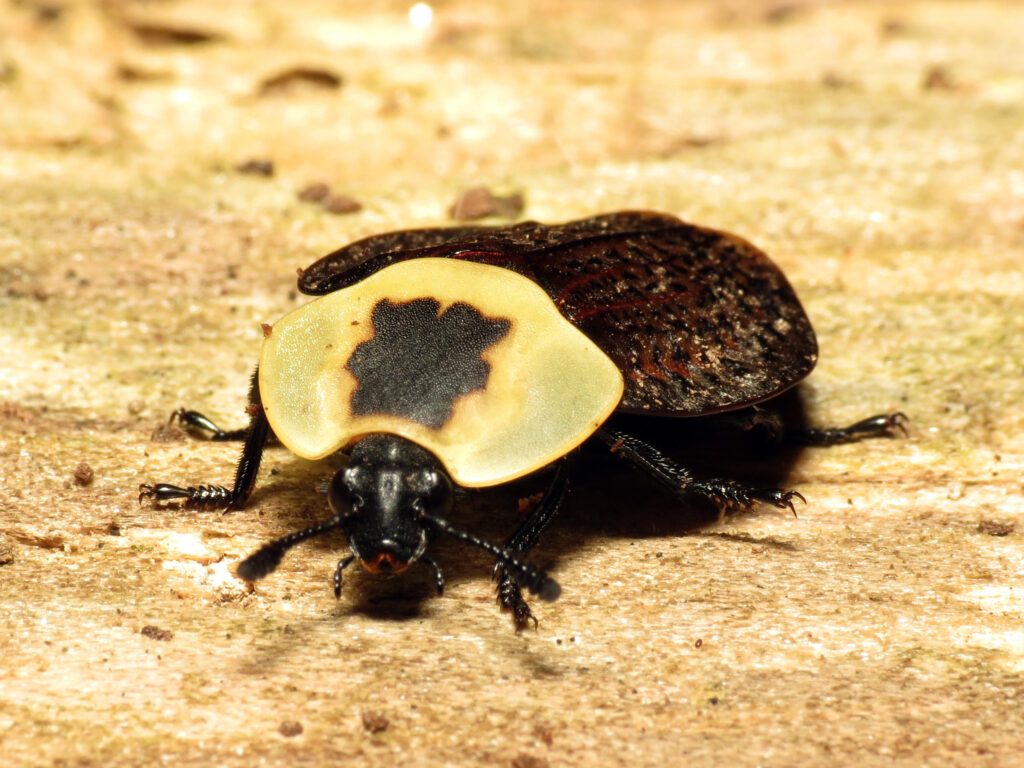In the shadowy corners of nature’s theater, where death meets life in an endless cycle, one group of insects performs a role so crucial yet so overlooked that most people never pause to consider their importance. These are the carrion beetles, nature’s ultimate recyclers, working tirelessly to clean up what others leave behind. While most of us recoil at the thought of decomposing flesh, these remarkable creatures see it as an opportunity – a chance to feed, reproduce, and maintain the delicate balance that keeps our ecosystems functioning. Their story is one of survival, adaptation, and an almost supernatural ability to transform death into life itself.
The Dark Knights of Decomposition

Carrion beetles belong to the family Silphidae, a group that has mastered the art of finding and processing dead animals with surgical precision. These insects have evolved into living detection systems, capable of locating a deceased creature from miles away using chemical signals that would be imperceptible to most other animals. Their bodies are built like tiny tanks, with hardened wing covers and powerful legs designed for digging through soil and debris. What makes these beetles truly extraordinary is their speed and efficiency. Within hours of an animal’s death, carrion beetles can arrive at the scene, often beating flies and other decomposers to the prize. They don’t just feed on the carcass – they actively work to preserve and prepare it, turning what could be a source of disease and contamination into a perfectly managed nursery for their offspring.
Masters of Chemical Communication

The ability of carrion beetles to locate dead animals seems almost supernatural, but it’s actually the result of millions of years of evolutionary fine-tuning. These insects possess incredibly sensitive antennae that can detect the specific chemical compounds released during the early stages of decomposition. These compounds, called cadaverine and putrescine, act like a dinner bell for carrion beetles, signaling the presence of a fresh meal from remarkable distances. Recent research has shown that some carrion beetle species can detect these chemical signals from over two miles away, making them more effective than some of the most advanced human-made detection equipment. This chemical communication system is so sophisticated that different species can even distinguish between different types of carcasses, allowing them to specialize in particular food sources.
The Burial Brigade
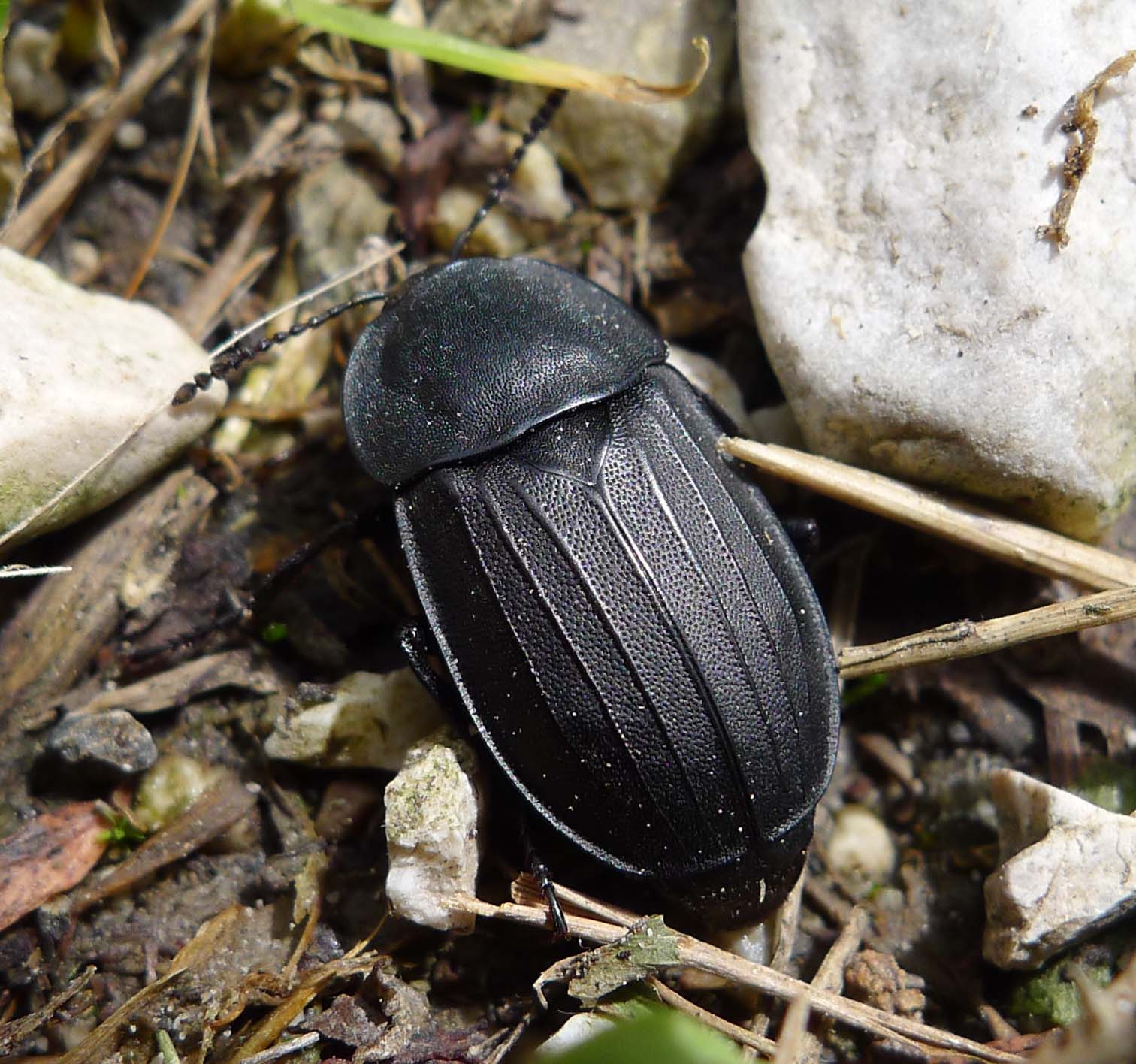
Perhaps the most fascinating behavior exhibited by carrion beetles is their ability to bury entire carcasses underground. Nicrophorus species, commonly known as burying beetles, work in pairs to excavate beneath small dead animals, gradually lowering them into the earth. This process can take anywhere from a few hours to several days, depending on the size of the carcass and the soil conditions. The burial process serves multiple purposes beyond just hiding their food source from competitors. By burying the carcass, beetles create a controlled environment where they can regulate temperature and humidity, preventing rapid decomposition and bacterial growth. This underground chamber becomes a perfectly preserved nursery where their larvae can develop in safety, feeding on the processed remains.
Parental Care Beyond Expectations

Unlike many insects that simply lay eggs and abandon them, carrion beetles display remarkable parental behavior that rivals that of many vertebrates. Both male and female beetles work together to prepare the carcass, removing hair or feathers and applying antimicrobial secretions to prevent harmful bacteria from taking over. They actually regurgitate partially digested food to feed their larvae, ensuring their offspring receive the proper nutrition. This level of parental investment is extraordinary in the insect world. Parents will guard their buried treasure for weeks, driving away intruders and maintaining the carcass in perfect condition. Some species even adjust the size of their broods based on the size of the available food source, demonstrating a level of planning and resource management that seems almost intelligent.
The Ecosystem’s Cleanup Crew

Carrion beetles play an absolutely vital role in maintaining ecosystem health, yet their contributions often go unrecognized. Without these industrious insects, dead animals would accumulate in the environment, creating breeding grounds for disease-carrying bacteria and potentially harmful pathogens. By rapidly locating and processing carcasses, carrion beetles help prevent the spread of diseases that could affect both wildlife and human populations. Their work also contributes significantly to nutrient cycling in ecosystems. As they break down organic matter, they release valuable nutrients back into the soil, supporting plant growth and maintaining the health of entire food webs. In many ways, carrion beetles are like nature’s recycling centers, ensuring that nothing goes to waste in the natural world.
Diverse Species, Specialized Roles

The world of carrion beetles is incredibly diverse, with over 180 species found across the globe, each adapted to specific environmental conditions and food sources. Some species specialize in small carcasses like mice or birds, while others can handle larger remains. The American burying beetle, once found throughout North America, has become so rare that it’s now protected under the Endangered Species Act. Different species have evolved unique strategies for survival. Some are active during the day, while others work exclusively at night. Certain species prefer forest environments, while others thrive in grasslands or even urban areas. This diversity ensures that carrion beetles can effectively process dead animals in virtually every terrestrial habitat on Earth.
The Science of Preservation
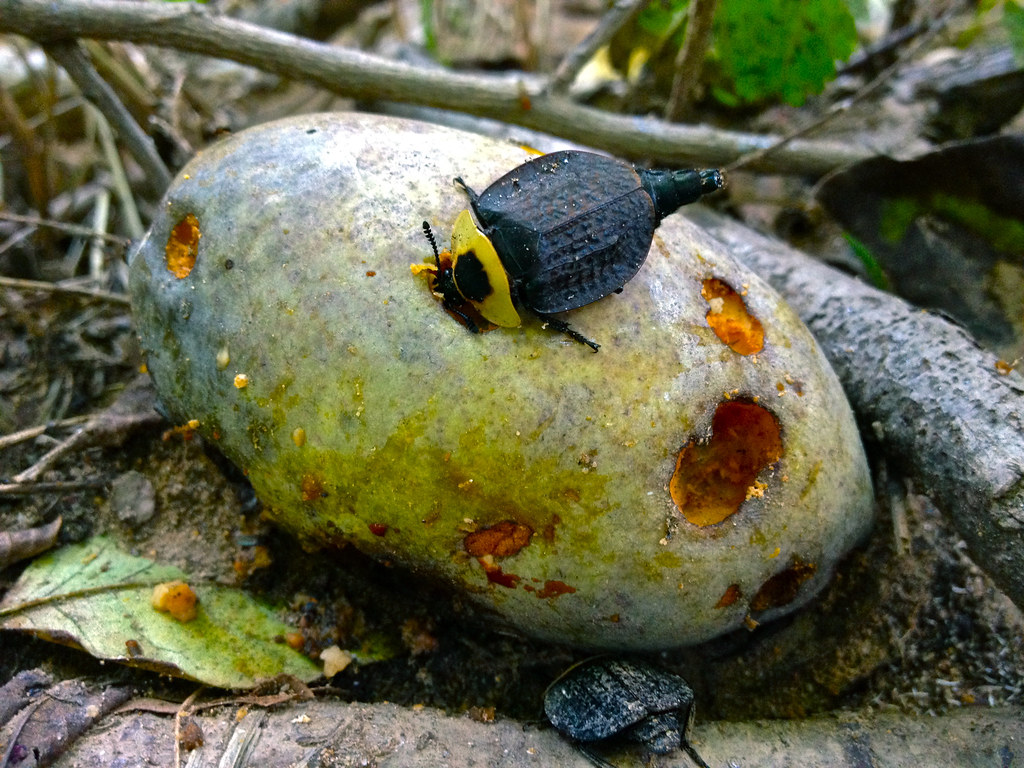
The methods carrion beetles use to preserve their food sources are so effective that scientists have studied them for insights into natural preservation techniques. These beetles produce antimicrobial compounds that can inhibit the growth of harmful bacteria while promoting the growth of beneficial microorganisms that aid in controlled decomposition. The process is so precise that it prevents putrefaction while maintaining the nutritional value of the carcass. Research has shown that beetle-processed carcasses can remain in good condition for weeks or even months, far longer than would be possible through natural decomposition alone. This preservation technique is so effective that some researchers are exploring whether similar methods could be applied to human food preservation or even archaeological conservation efforts.
Forensic Detectives of the Natural World
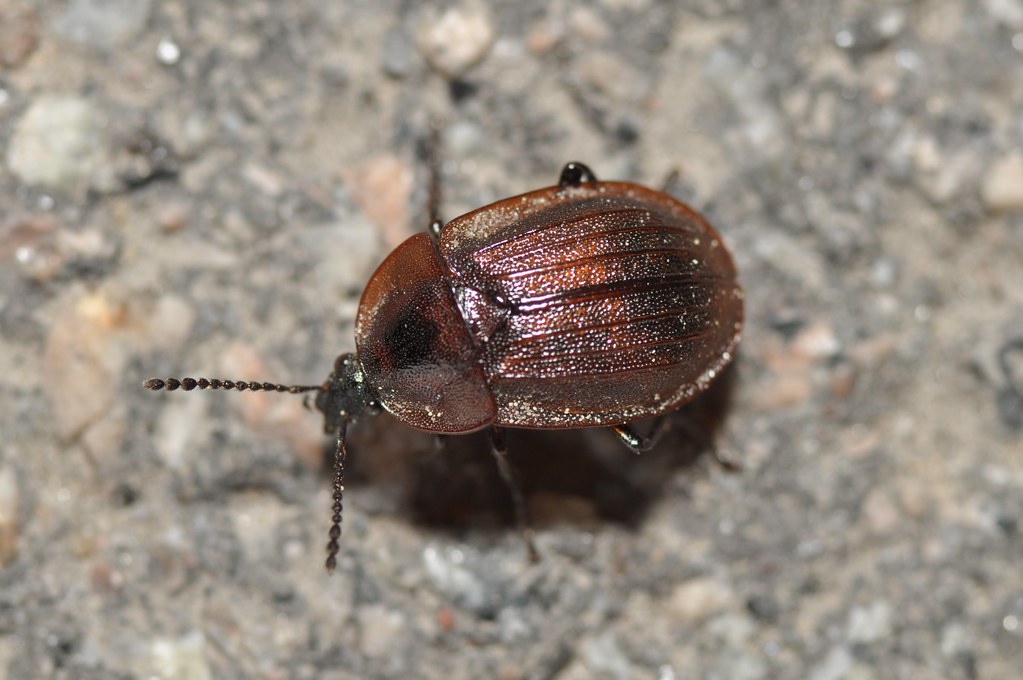
The predictable arrival patterns and life cycles of carrion beetles have made them valuable tools in forensic science. Entomologists can examine the species and developmental stages of beetles found on human remains to estimate time of death with remarkable accuracy. Different species arrive at different stages of decomposition, creating a biological timeline that can provide crucial evidence in criminal investigations. This forensic application has led to increased research into carrion beetle behavior and ecology. Scientists are working to create detailed databases of species succession patterns in different climates and environments, improving the accuracy of forensic estimates and potentially solving cases that might otherwise remain unsolved.
Threats to Nature’s Gravediggers

Despite their crucial ecological role, carrion beetles face numerous threats in the modern world. Habitat destruction, pesticide use, and climate change are all taking their toll on beetle populations. Many species require specific habitat conditions to complete their life cycles, and even small changes in their environment can have devastating effects on their populations. The decline of large mammals in many ecosystems has also affected carrion beetle populations. As roadkill becomes one of the primary sources of carrion in many areas, beetles must adapt to new risks, including traffic mortality and exposure to vehicle pollutants. Some species that once relied on large carcasses are now struggling to find sufficient food sources to maintain their populations.
Urban Adaptation and Survival

Surprisingly, some carrion beetle species have shown remarkable adaptability to urban environments. City parks, cemeteries, and even suburban backyards can provide suitable habitat for these resilient insects. Urban carrion beetles often take advantage of roadkill, deceased pets, and other sources of organic matter that are common in developed areas. However, urban life presents unique challenges for carrion beetles. Artificial lighting can disrupt their natural behavior patterns, and the use of pesticides and other chemicals in urban environments can poison both the beetles and their food sources. Despite these challenges, the presence of carrion beetles in urban areas demonstrates their incredible adaptability and importance in maintaining ecological balance even in heavily modified environments.
The Social Lives of Solitary Hunters
While many carrion beetles are solitary creatures, some species display fascinating social behaviors that challenge our understanding of insect cooperation. When multiple beetles discover the same carcass, they may engage in complex negotiations to determine breeding rights and territory divisions. These interactions can involve chemical communication, physical combat, and even cooperative behavior when the carcass is large enough to support multiple families. Some species have evolved elaborate mating rituals that take place on or near their food sources. Males may compete for the attention of females by demonstrating their ability to locate and prepare high-quality carcasses. These behaviors suggest that carrion beetles have much more complex social lives than previously thought, with relationships and hierarchies that extend beyond simple feeding behaviors.
Conservation Efforts and Future Research

Recognition of the ecological importance of carrion beetles has led to increased conservation efforts aimed at protecting these vital insects. Researchers are working to better understand the habitat requirements of different species and develop strategies for protecting critical breeding areas. Some conservation programs focus on maintaining corridors of natural habitat that allow beetle populations to move between fragmented landscapes. Future research directions include studying the potential effects of climate change on beetle behavior and distribution, investigating the role of carrion beetles in disease prevention, and exploring the biotechnological applications of their natural preservation techniques. As our understanding of these remarkable insects grows, so does our appreciation for their crucial role in maintaining healthy ecosystems.
The Hidden Heroes of Natural Balance

Carrion beetles represent one of nature’s most efficient and essential services, operating largely unseen but performing work that keeps our world clean and healthy. Their ability to rapidly locate, process, and recycle organic matter makes them indispensable components of virtually every terrestrial ecosystem. Without these tireless workers, our landscapes would be very different places indeed. As we face increasing environmental challenges, the role of carrion beetles becomes even more critical. They remind us that every species, no matter how small or seemingly insignificant, has a vital part to play in the complex web of life. These remarkable insects have been quietly performing their essential work for millions of years, and their continued survival is crucial for maintaining the health of our planet’s ecosystems.
Conclusion: Death’s Transformation Into Life
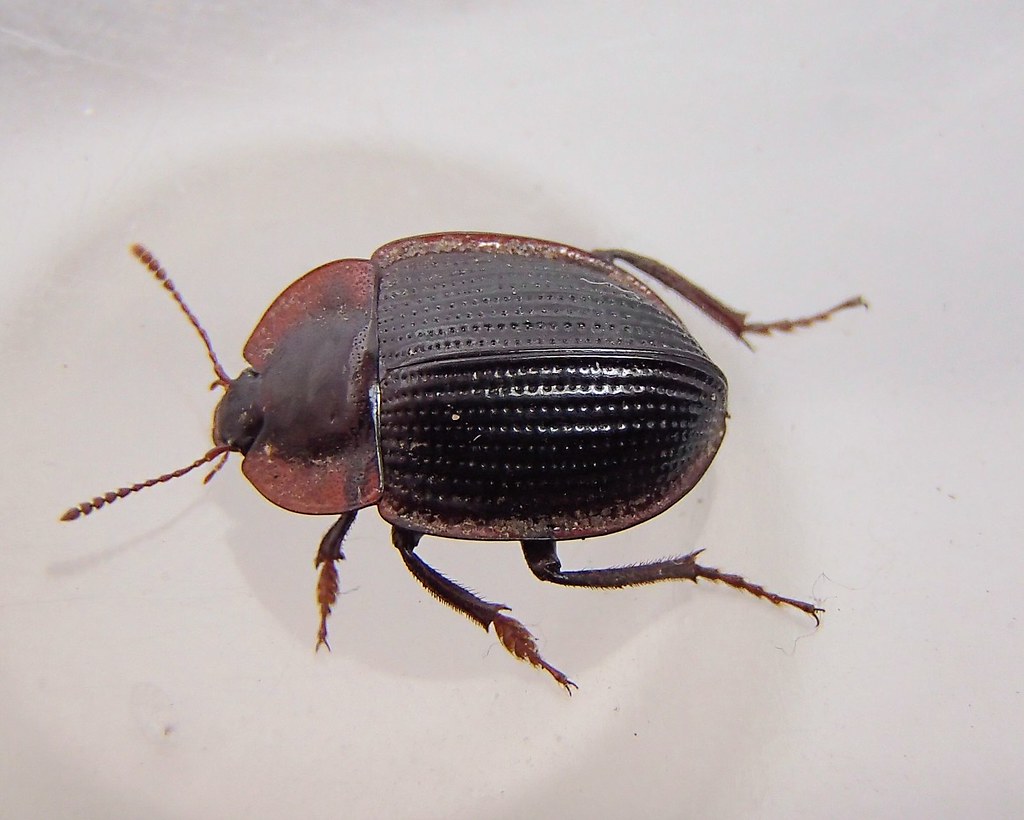
The story of carrion beetles is ultimately a story about transformation – the conversion of death into life, waste into resource, and decay into renewal. These remarkable insects have evolved to fill one of nature’s most challenging niches, turning what many would consider repulsive into something beautiful and necessary. Their work ensures that the cycle of life continues unbroken, with each death contributing to the vitality of the living world. Next time you encounter these small, dark beetles in your garden or while walking through a forest, take a moment to appreciate the incredible work they perform. They are not just insects feeding on dead animals – they are nature’s recyclers, ecosystem engineers, and guardians of environmental health. In a world where waste and pollution threaten our planet’s future, perhaps we could learn something valuable from these master recyclers who have been perfecting their craft for millions of years. What would our world look like without these tireless workers maintaining the delicate balance between life and death?

